A Review Of Kodak Tri-X 400 Film
I never felt like anything was missing through this process, but this is where Tri-X surprised me.
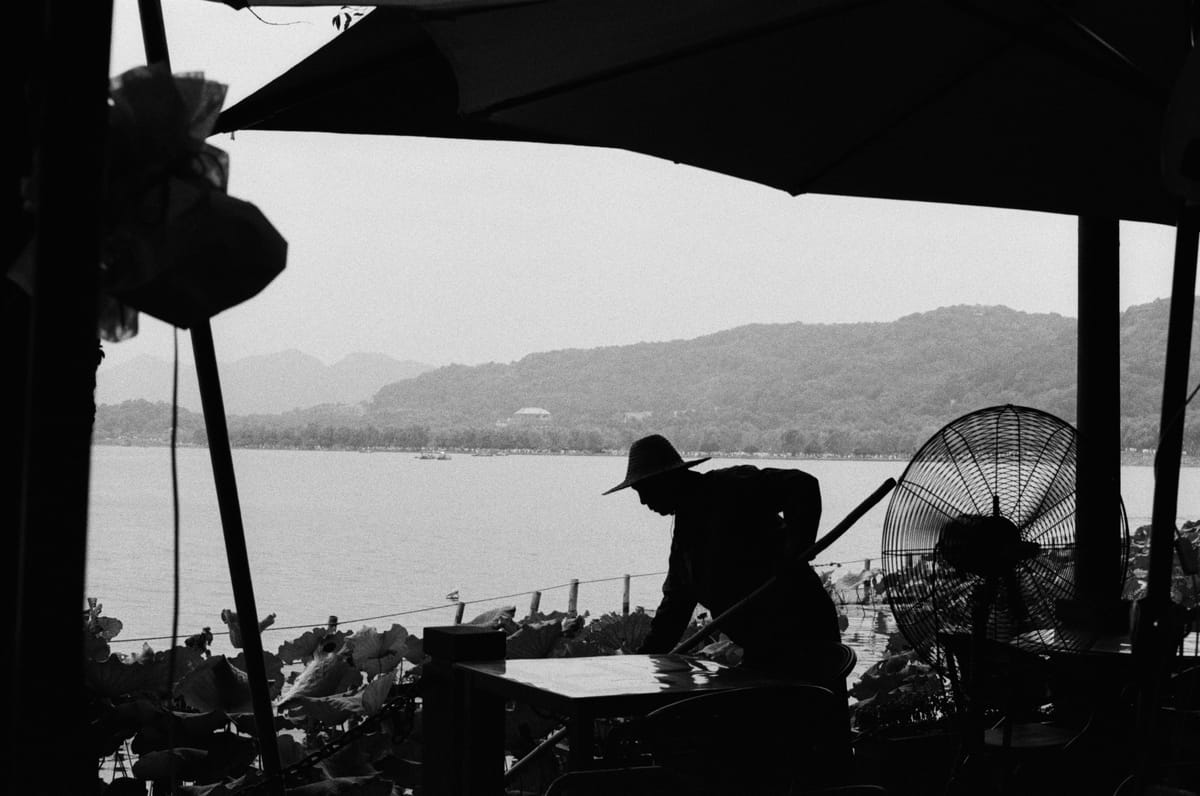
Decaf Journal is reader-supported. When you buy links through our site, we may earn an affiliate commission.
I'll admit it. When it comes to black and white film, I've always been an Ilford HP5+ 400 guy. Aside from the reasonable price of Ilford films, I've consistently had fantastic results from HP5+ given its generous film latitude for preserving highlights and shadows, in addition to its artistic grain structure.
The images were regularly satisfying so I never really had a reason to look elsewhere. That's not to say I wasn't aware of other black and white films, as I have (very occasionally) experimented with other film stocks from various brands.
My experience with Kodak Tri-X 400 had been limited to a couple of times in the studio on 6x7 medium format film several years ago. It ticked all the boxes for me in terms of tonality, contrast, dynamic range, as well as the film grain. And don't get me wrong, I absolutely loved the outcome.
Yet, for some reason I was never inclined to use it in my day to day documentary or natural light work. Perhaps this was simply a case of someone getting stuck in their ways, knowing what already works and oblivious to anything else that might have something great to offer.


© Nicklaus Walter | Portrait of artist Adrian Balzer in 2016. Shot on Kodak Tri-X 400 with a Mamiya RZ67 Pro ii and 140mm macro lens.
With my recent foray back into analog film, I've been making the conscious decision to experiment more with films that I have very little experience with. The idea of shooting a few rolls of Kodak Tri-X 400 instantly excited me. So off I went with the film loaded in my Canon EOS 1N and Zeiss Milvus 50mm 1.4 lens to document my daily life for a few weeks while visiting beautiful Hangzhou, which is the capital of Zhejiang province in China.
Negative film likes a lot of light, so I rated Tri-X at ISO 200 in order to overexpose the film by one stop. As a side note, the following images in this article were scanned by a local photo lab on a Noritsu HS-1800 scanner. I love this scanner for the more neutral, understated scans it produces versus the renowned Fuji Frontier.
Let's touch back for a moment on my experience shooting Ilford HP5+ 400 and scanning it myself for several years. I've typically found that it has a fairly low contrast ratio straight from the scanner. This trait is something that I love, as I would simply add contrast to my taste using tone curves in Photoshop much like someone would do with a physical print in a darkroom in years past.
I never felt like anything was missing through this process, but this is where Tri-X surprised me.
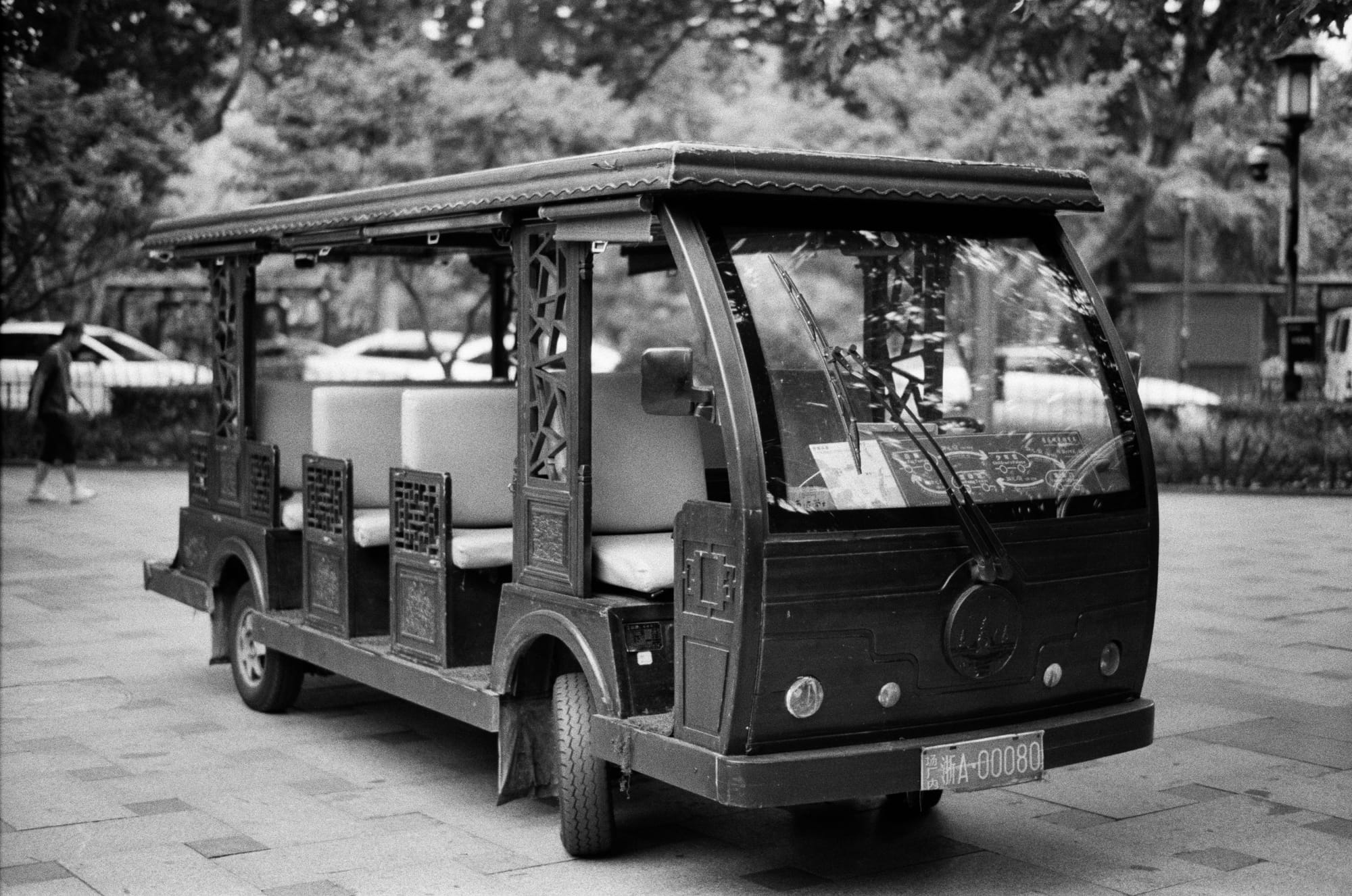
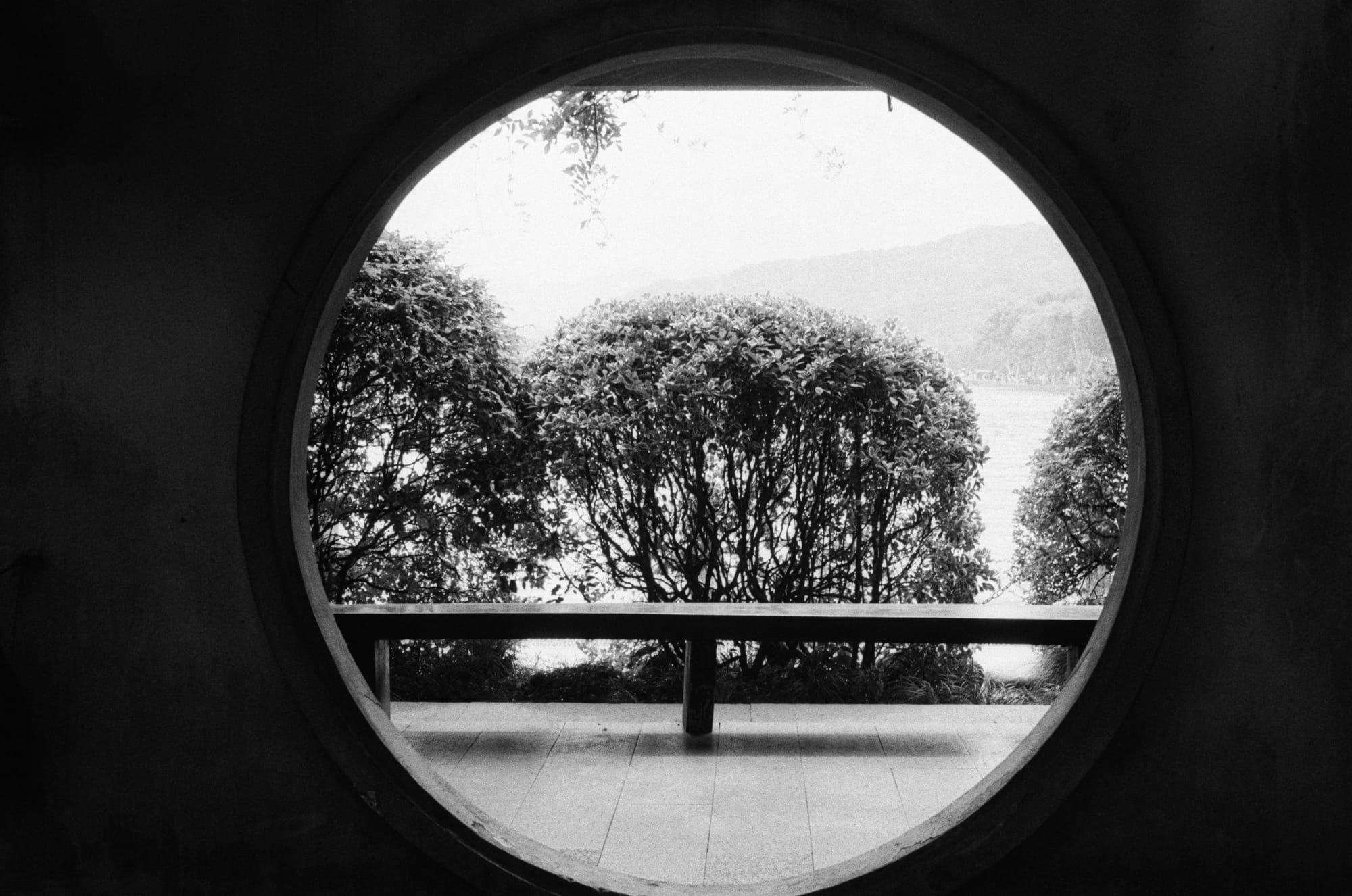
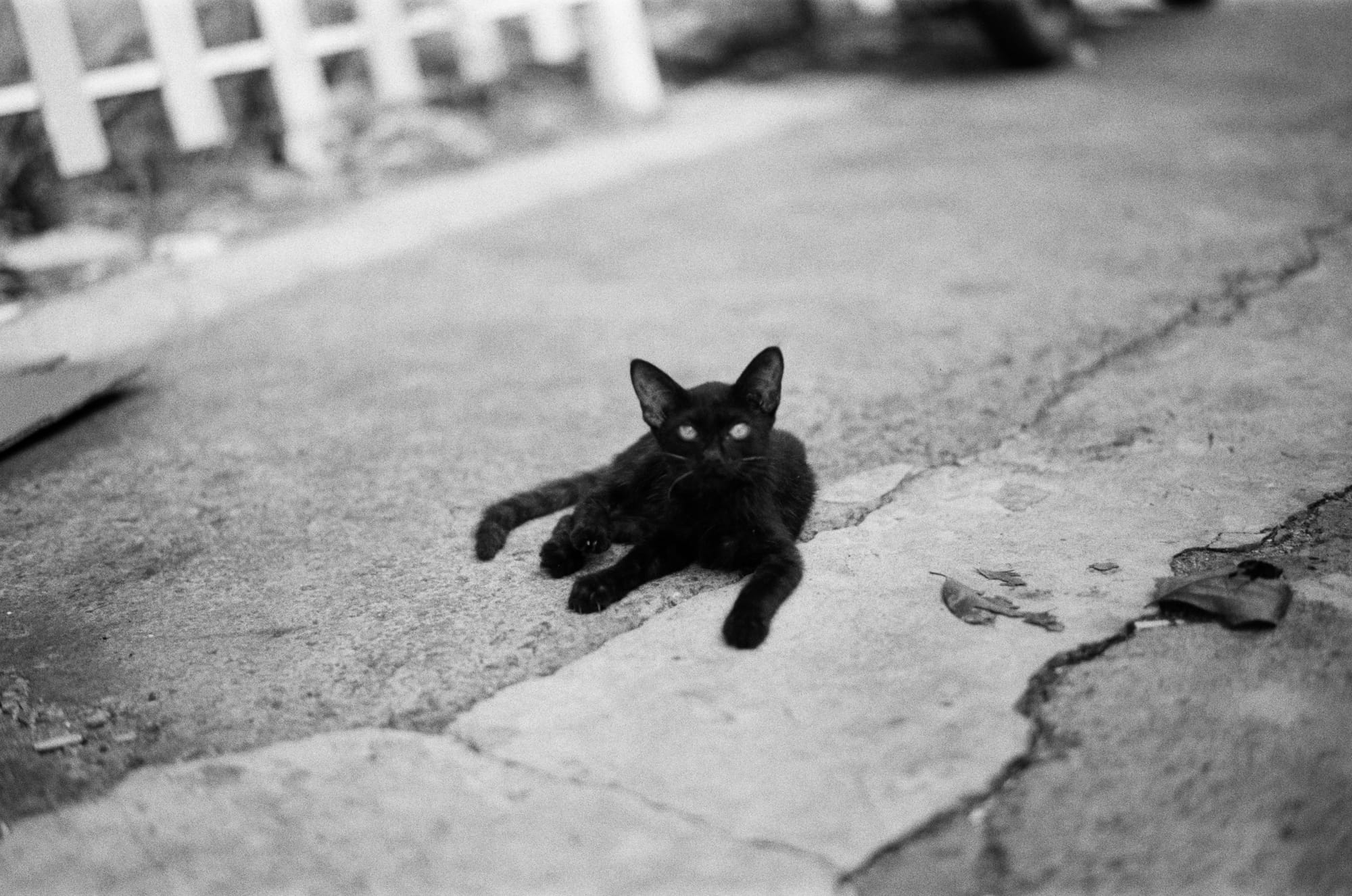
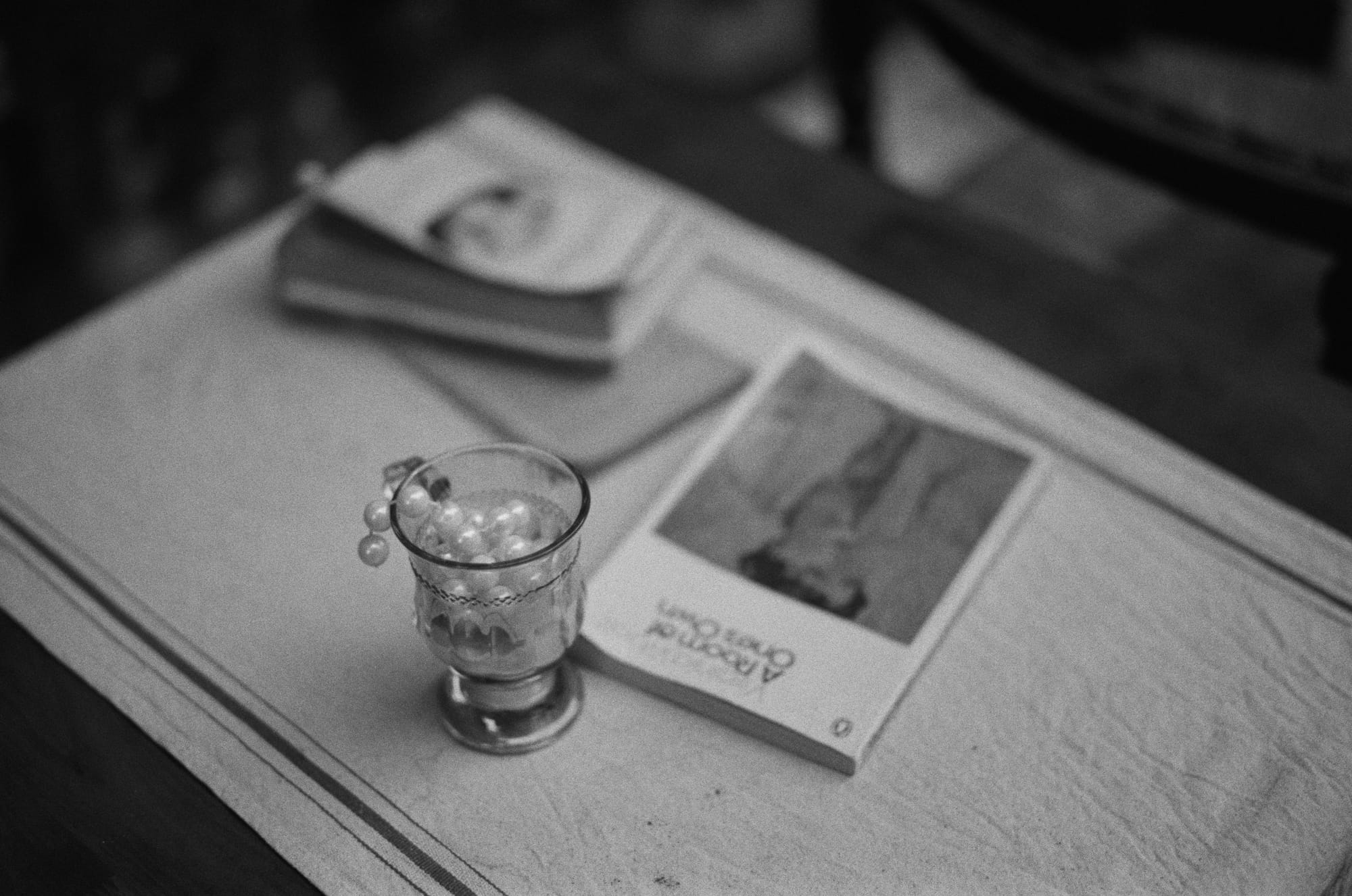
You see, Kodak Tri-X 400 has inherently more contrast than Ilford HP5+ 400. At first glance, this might not seem like a big deal since contrast can always be added later. However, there's something to be said for seeing your film look incredible the first time you lay your eyes on the images. I not only mean that Tri-X has more contrast overall, but also that it's applied in an incredibly pleasing manner.
While both are unquestionably excellent films, Tri-X looks much closer to the intended final result to my eyes. For any passionate photographer, this is nothing short of exhilarating. So what specifically am I talking about here?
Well for instance, this film absolutely sings in flat light, overcast days, or controlled studio environments. Where other black and white films might look somewhat dull or understated in these lighting conditions, Kodak Tri-X 400 injects a sense of drama, importance, and timelessness to each frame.
I was often surprised too. I figured many images that I'd shot on my rolls would look mundane while I was there in the moment, but they actually turned out to be quite striking.
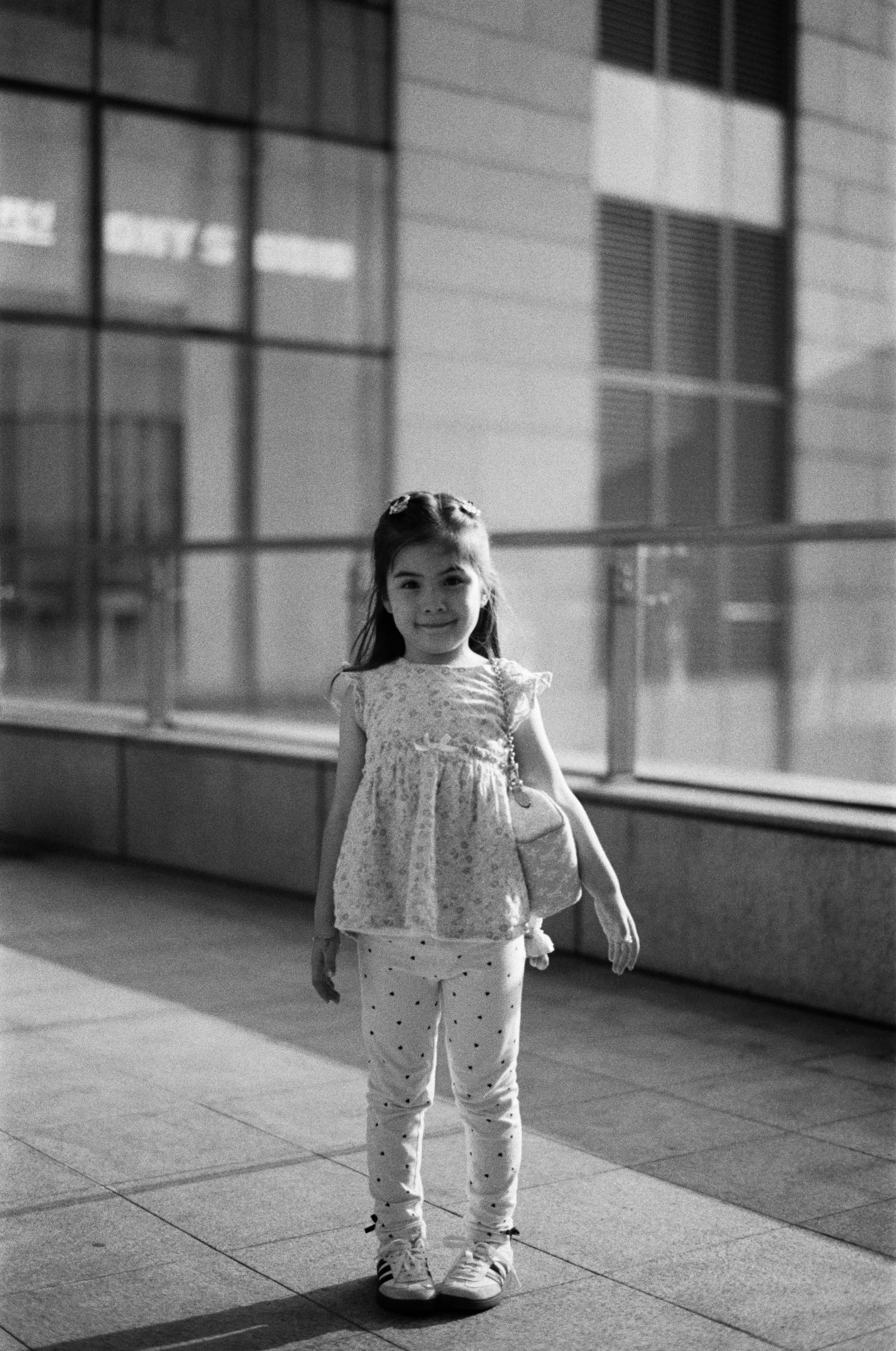
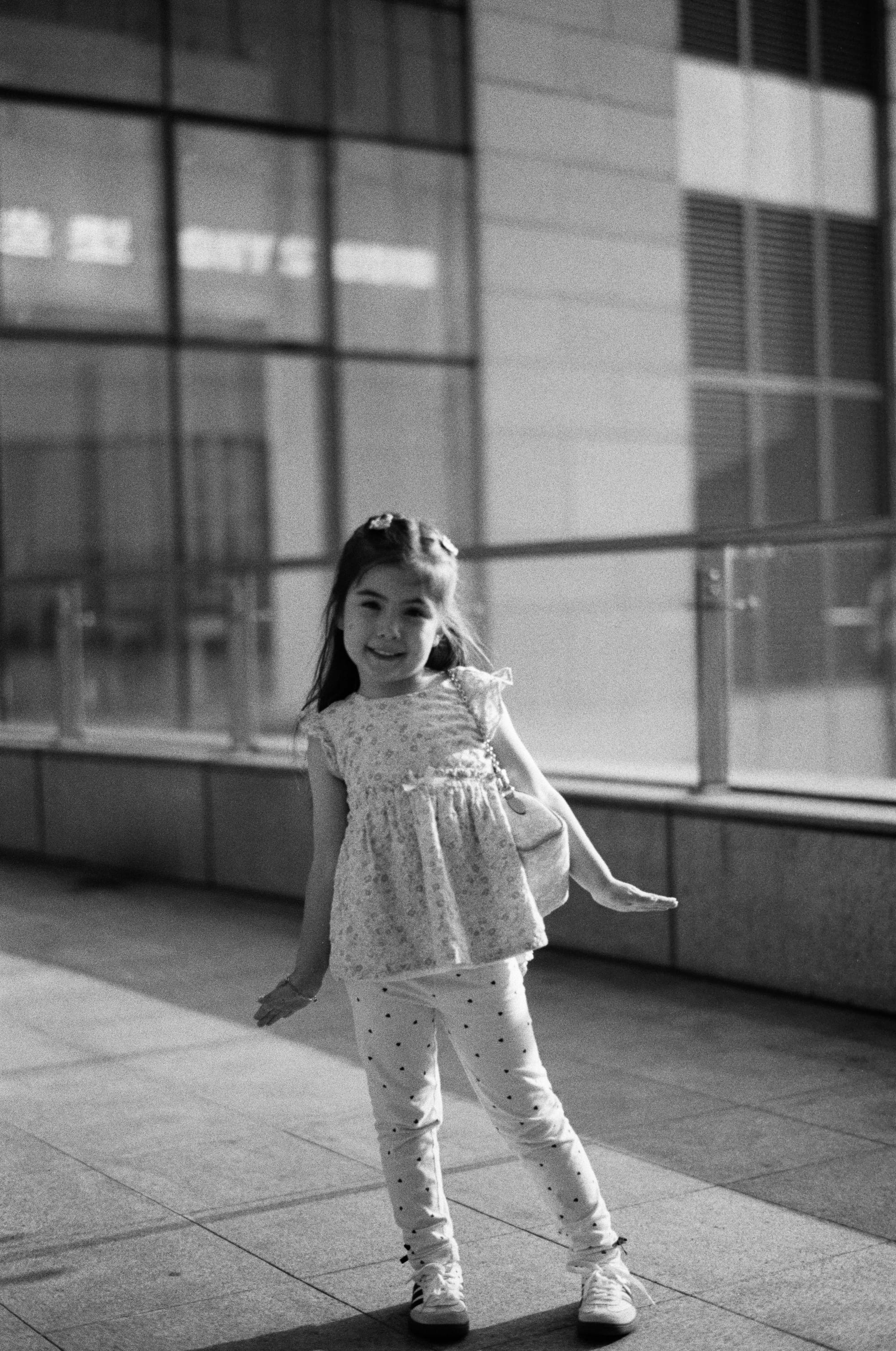

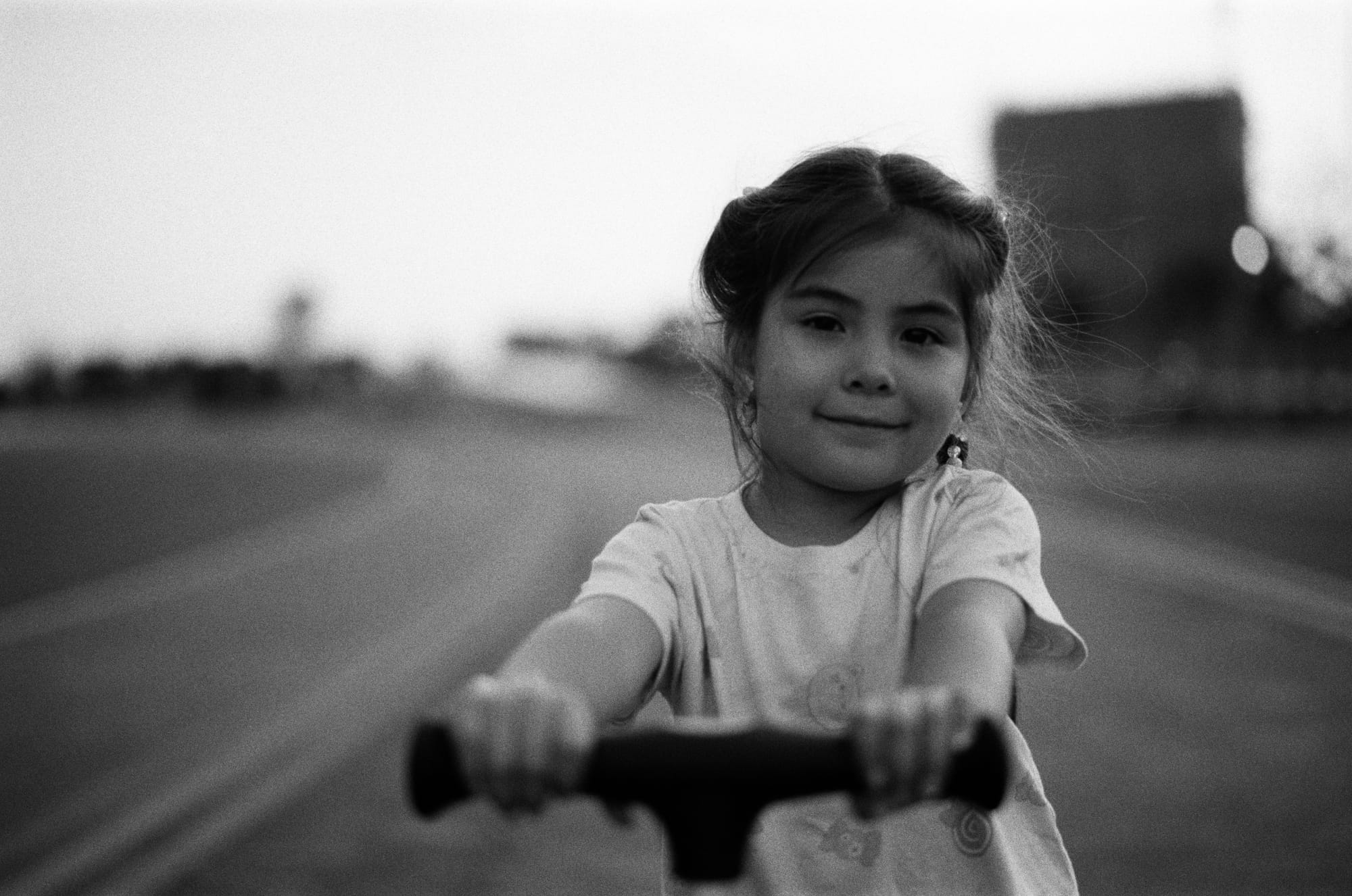
By comparison, I recently reviewed Kentmere Pan 100 and I was certainly happy with the scans that came back from the lab. It is a wonderful black and white film, especially at its modest price point. That said, if you compare those images to the photographs shot with Kodak Tri-X 400 in this article, it should be obvious that Tri-X is in another league entirely.
The Tri-X images have soul and character immediately. Whereas with Kentmere Pan 100, I would need to spend some time carefully finessing the files in Photoshop using tone curve adjustments and / or dodge and burn techniques in order to match the richness of Kodak Tri-X 400.
I've never seen this before in other monochrome films before, and I've had to go back and analyze my images a few times just to make sense of it. Kodak Tri-X 400 has a wide dynamic range, yet the blacks are deep and rich even under low contrast lighting, while the whites are bright where they need to be.
Building on top of this already extraordinary balance of tonality, I'm completely smitten with the almost tangible grain structure of the film. This characteristic is one of the main reasons that images shot on Tri-X appear free from the constraints of time, even on the day they were shot.
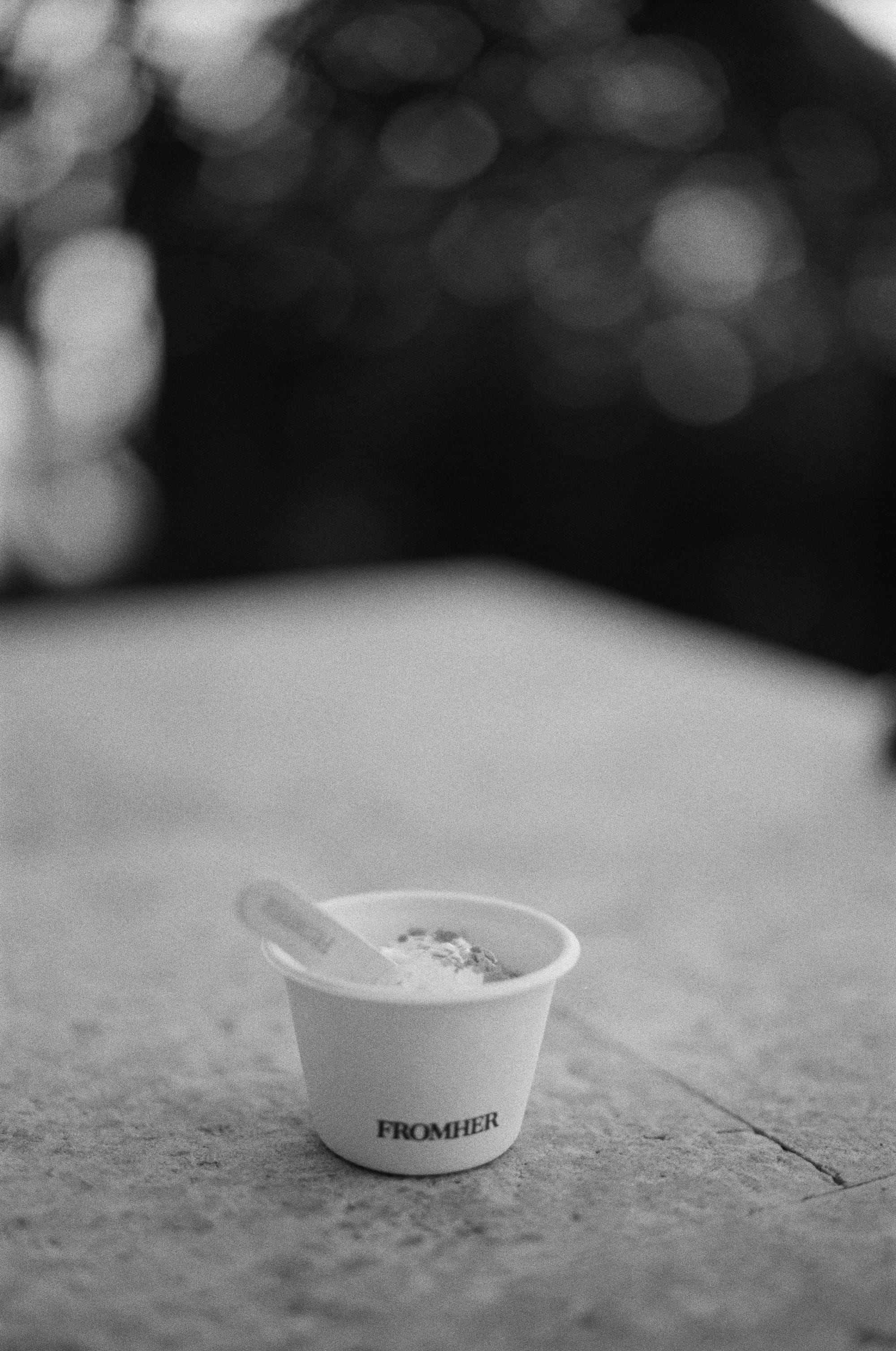
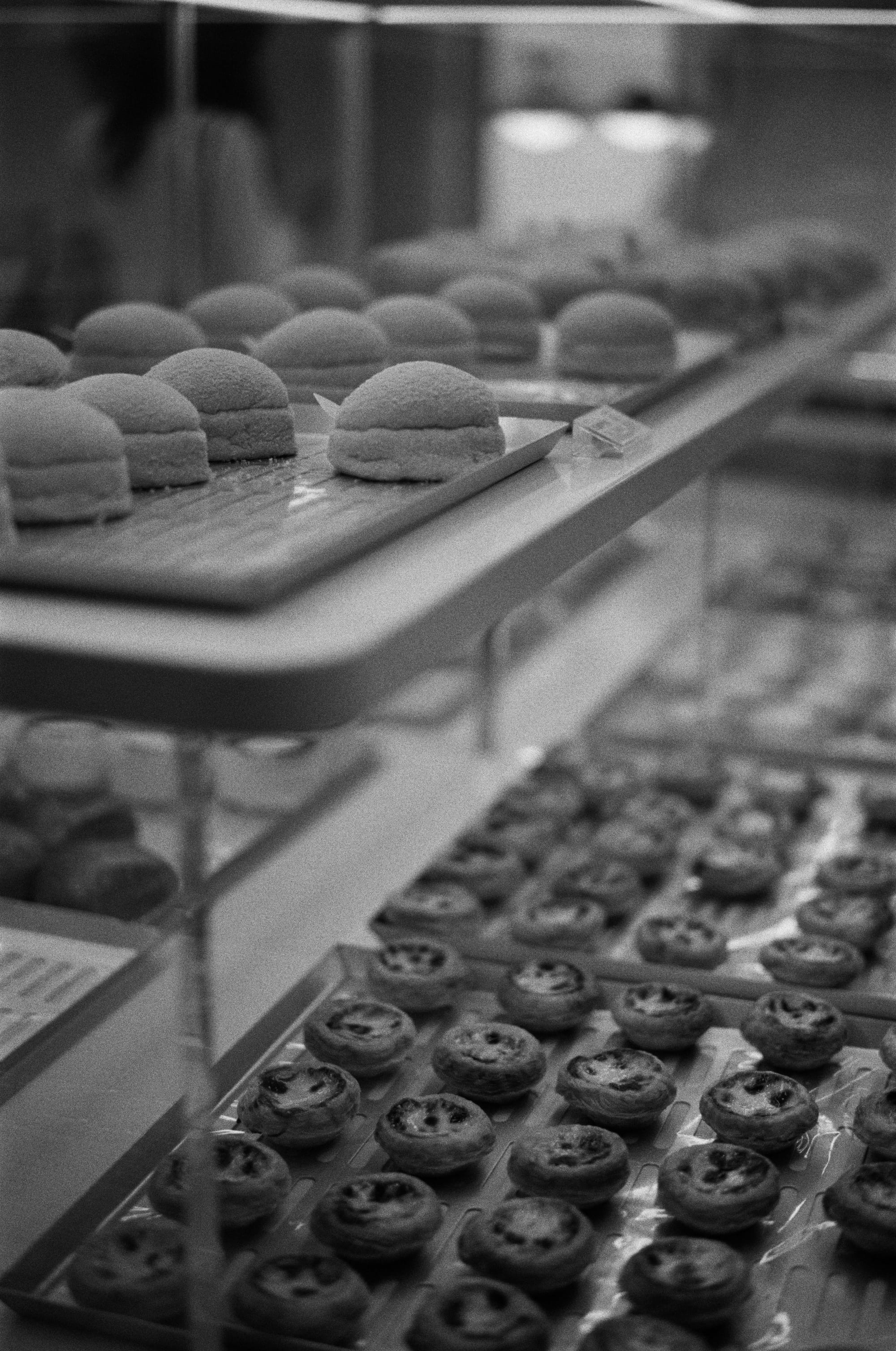
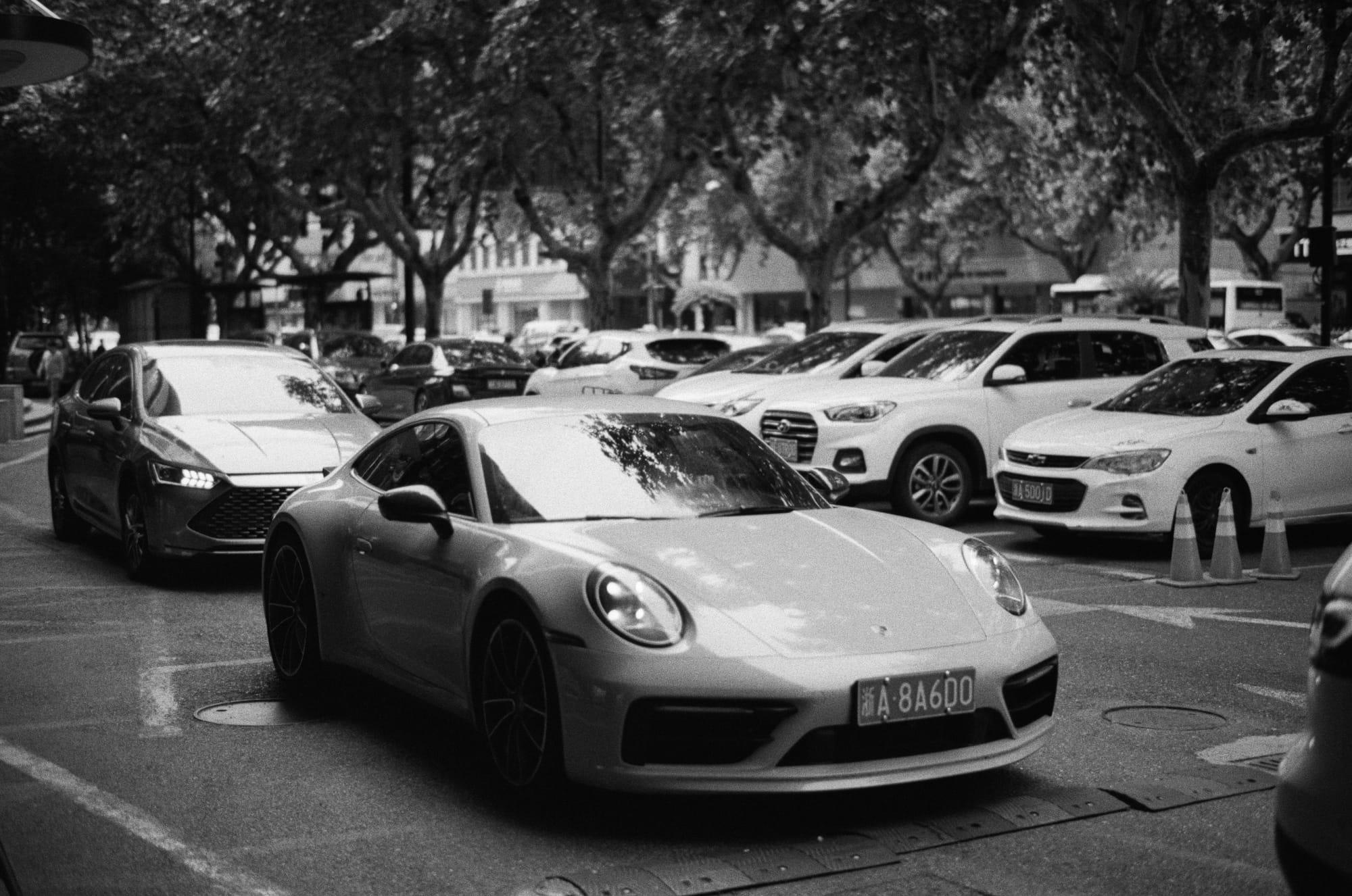
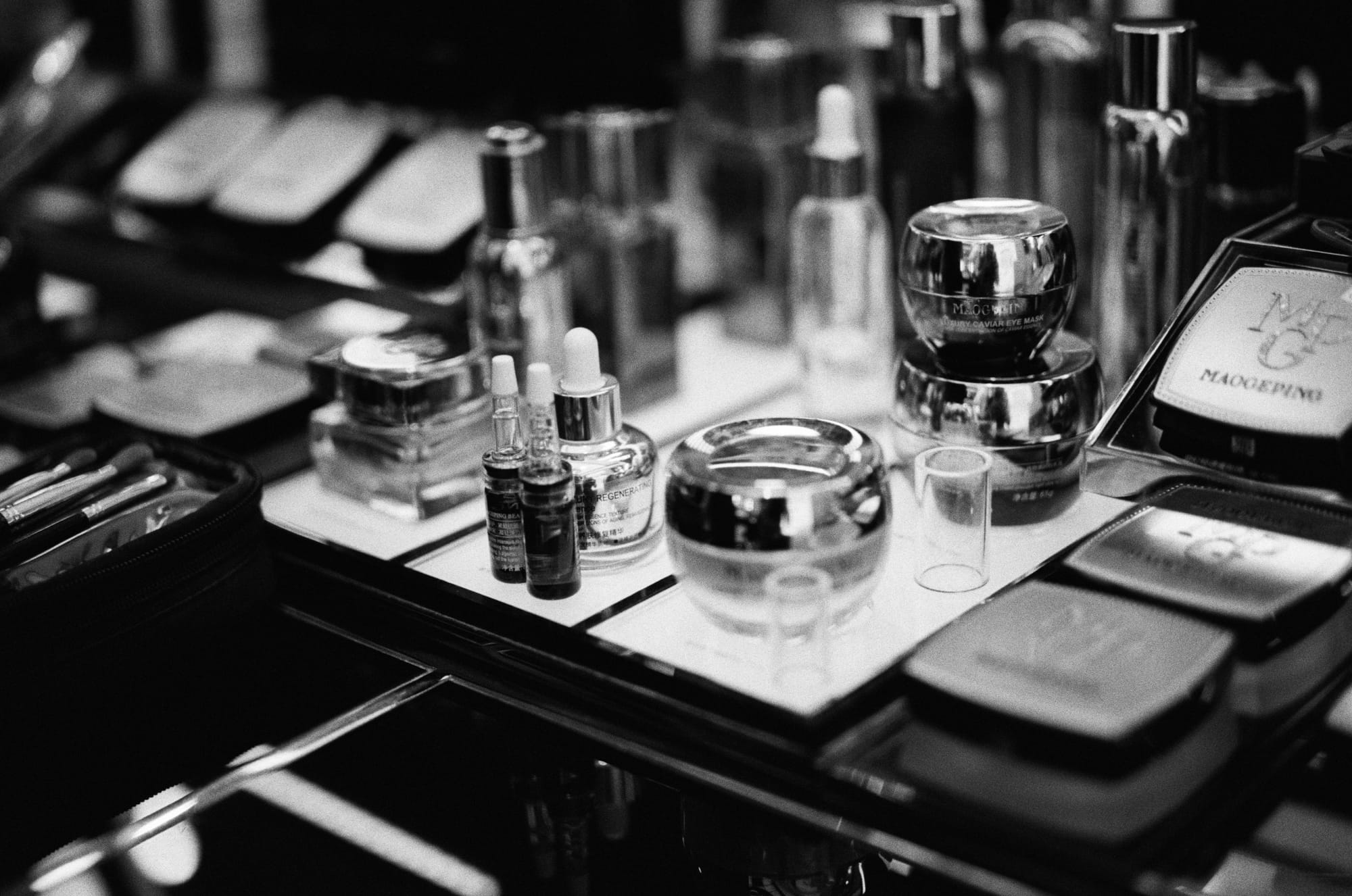
Like all black and white negative films, Kodak Tri-X 400 can give you a variety of different looks depending on how you choose to use it. Different choices here include how you rate the film in terms of ISO sensitivity when shooting, using push / pull techniques during the development process, and even which developer is used.
For example, if you want to add even more contrast to the images or you need to shoot in lower lighting conditions such as at a concert, you can simply rate the film at a higher ISO (800, 1600, etc) and then ask the film lab to push the film in development accordingly. There's a wide range of creative options to explore and it can be a lot of fun to play with. The images you see here were developed using Kodak's own classic D-76 developer, which is known for fine grain, excellent shadow detail, and normal contrast.
At this point you might be asking if there are any downsides to using Kodak Tri-X 400. While many would argue that this is a near perfect black and white negative film, the obvious grain pattern may be a turn off for some users. It is indeed beautiful, but it isn't always appropriate.
If shooting commercial work, stunning landscapes, or anything that is intended to be printed on a large scale, you may be better served by finer grain films such as Kodak T-Max 100 or Fujifilm Neopan 100 Acros II. And while Tri-X isn't the most expensive film on the block these days, Kentmere Pan 400 is roughly half the price, and Ilford's HP5+ 400 is still more economical.
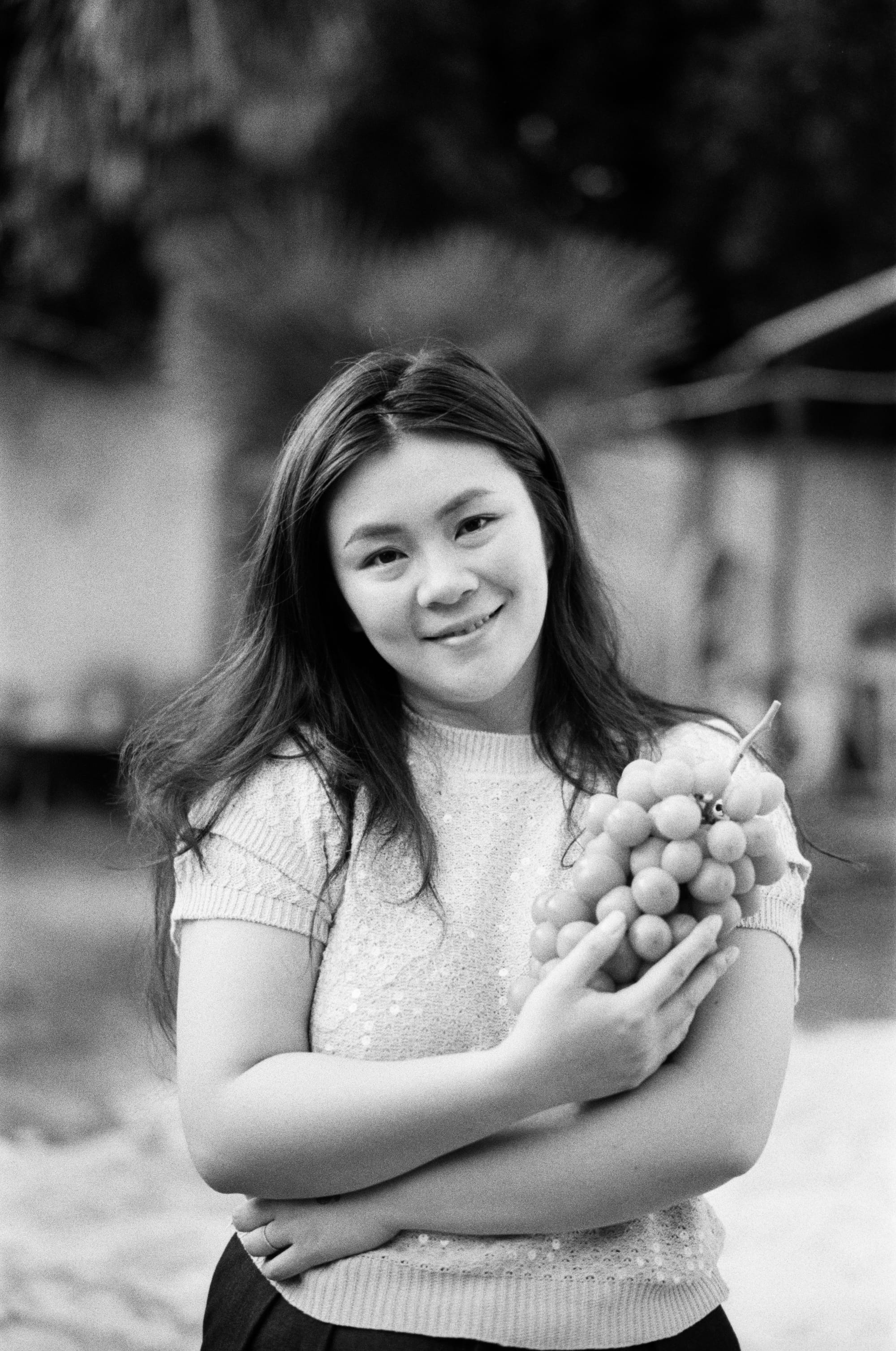
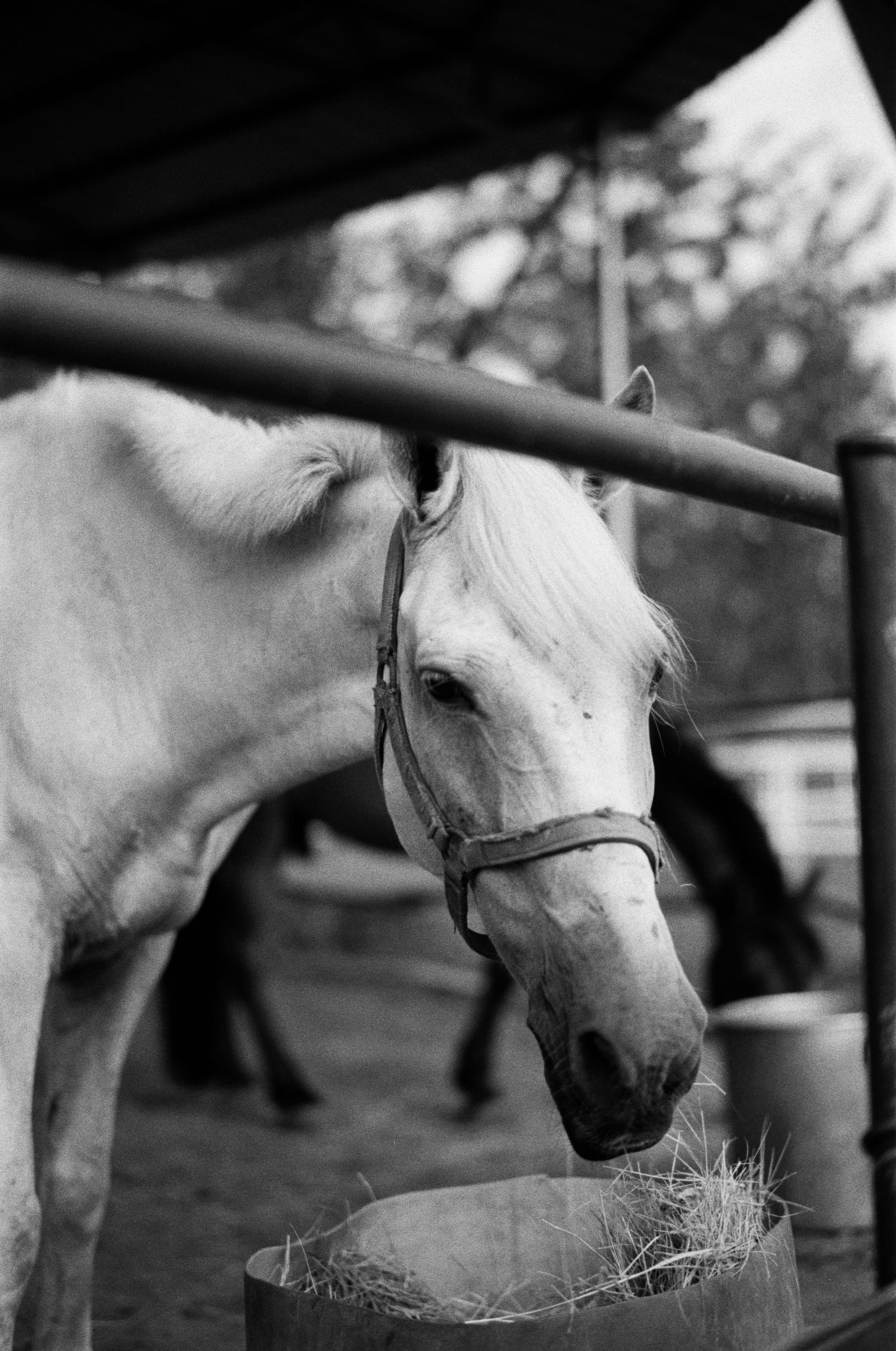
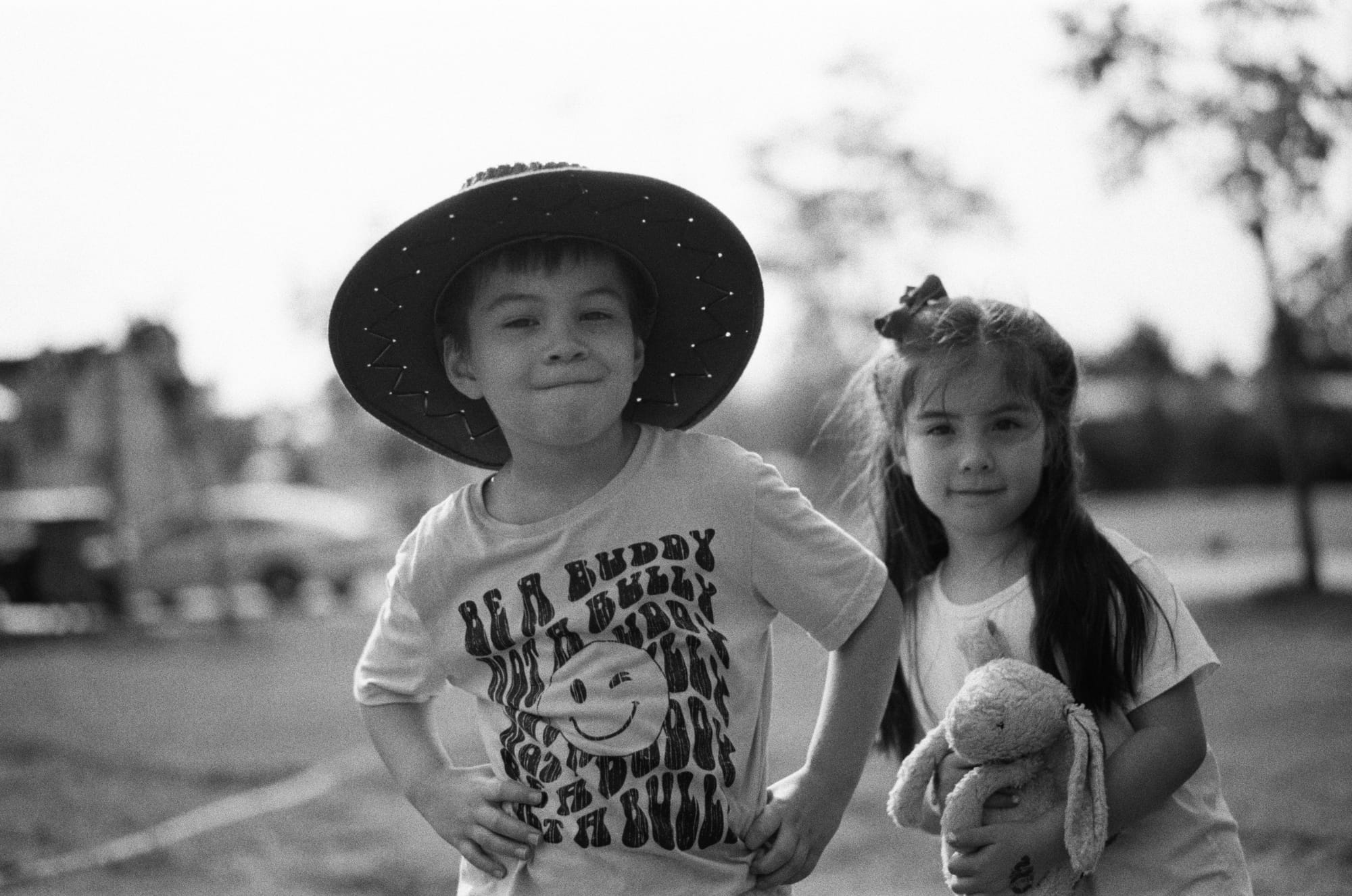
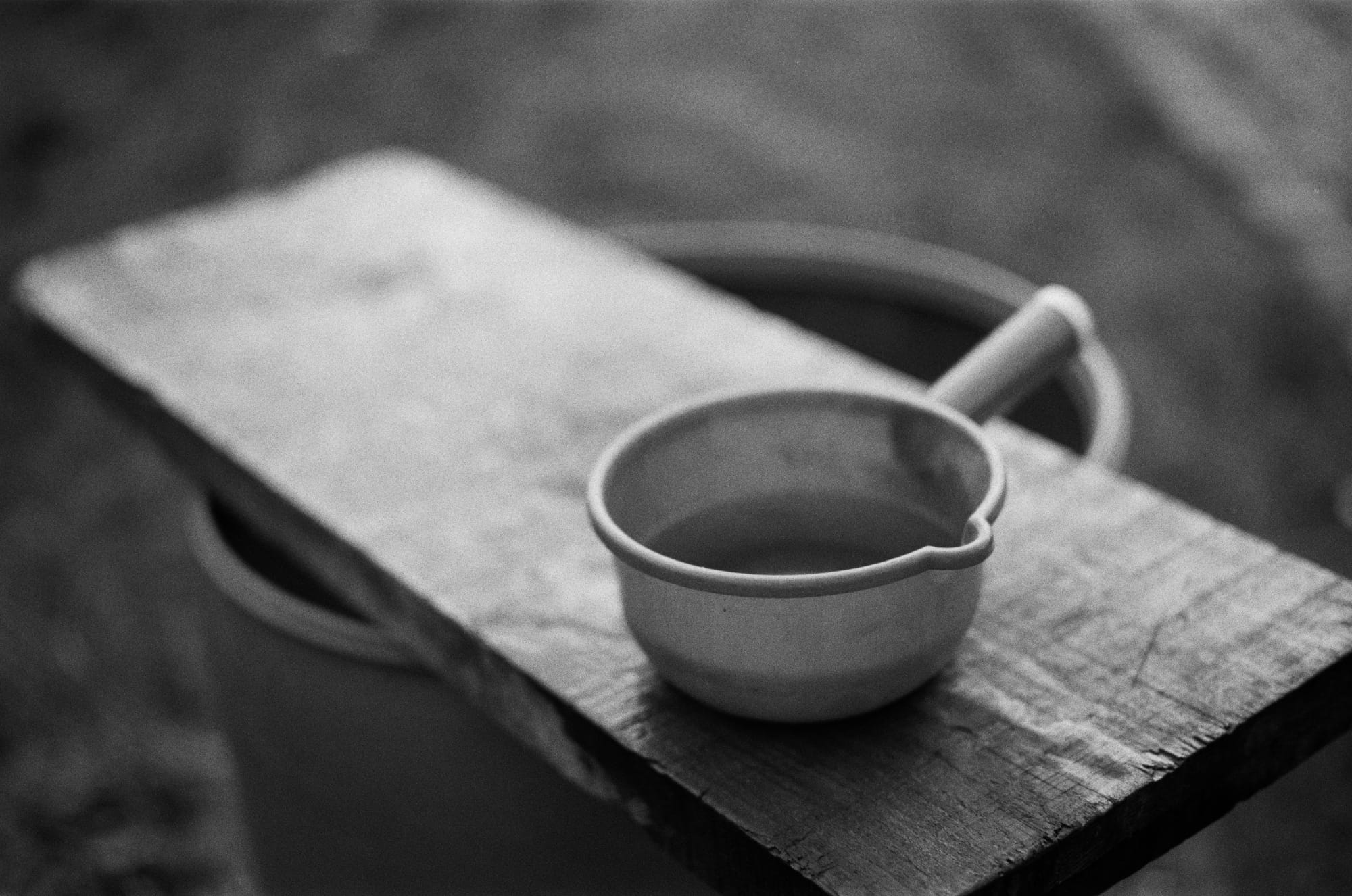
Pros
- Perfect balance of contrast
- Classic look with beautiful grain and unique tonality
- Wide dynamic range that's useful in a variety of lighting conditions
- Great film for beginners to learn on, very forgivable when underexposing or overexposing
- ISO 400 speed excels in low light or when capturing action
Cons
- Price is higher than comparable films from other manufacturers
- Prominent grain isn't suitable for all applications
Verdict
Kodak Tri-X 400 is the most iconic black and white film ever made, and for good reason. With stunning contrast, pleasing grain, and generous latitude for highlights / shadows, it's very difficult to go wrong with this film stock.
This is likely why so many famous Magnum photographers have relied on it throughout the generations to capture their award winning images. Its usefulness stretches broadly across portraiture, documentary work, travel, still life, and especially under mixed lighting conditions such as concerts or wedding receptions.
So, is it better than Ilford HP5+ 400? No, it would be both unfair and untrue to say otherwise as HP5 is also a classic with equally stunning grain. Still, Tri-X has different characteristics that many photographers will prefer. If the higher cost is a concern, you might consider bulk rolling your film from a 100' roll, developing the film at home, and even scanning the film yourself using a DSLR and macro lens.
After shooting this film for a few weeks, it's clear that Kodak Tri-X 400 will be my go-to black and white film from now on. It's easily one of the most lovely films I've ever used, right up there with Kodak Portra 160 which is my all time favorite film stock. Tri-X looks just right to my eyes.





